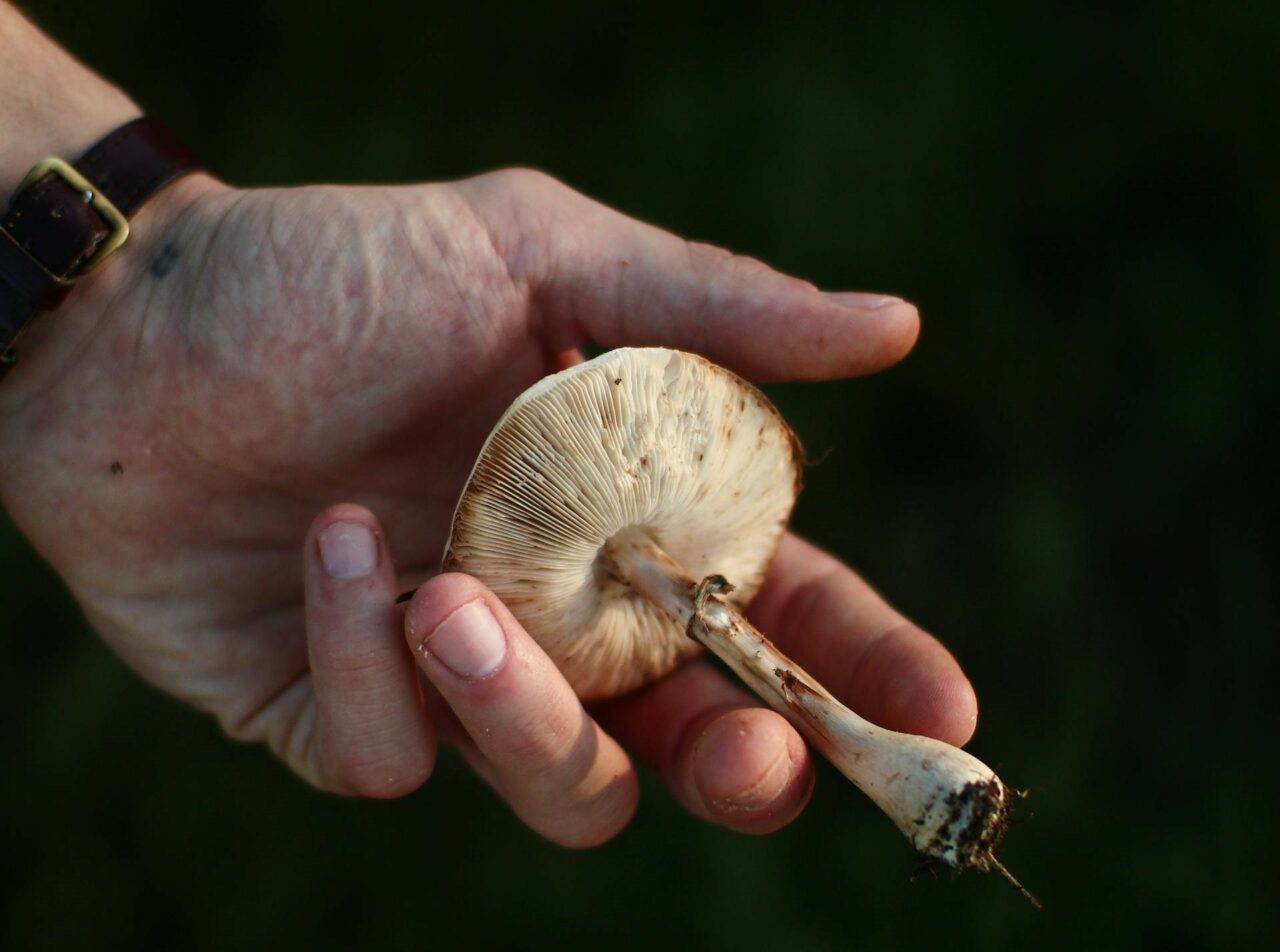Psilocybin mushrooms, akin to LSD in their function as a serotonin 5-HT2A receptor agonist, are a classic psychedelic. Current research is focusing on their use in psilocybin-facilitated therapy for mental health disorders, such as severe depression, anxiety, cluster headaches, and migraines.
To understand how shrooms assist in treating these afflictions, it’s important to delve into how they are metabolized within the body. With this knowledge, researchers and users can ascertain the psychological and therapeutic effects of the active compound. This article offers a basic overview of psilocybin’s pharmacology and pharmacokinetics.
[toc]
Key Takeaways:
- When ingested orally, half of the psychedelic fungi is absorbed and disseminated throughout the body.
- The fungi compound is dephosphorylated by the enzyme alkaline phosphatase, predominantly in the liver.
- Approximately 3.4% of the compound is excreted unchanged within 24 hours, while the majority is eliminated as a stable metabolite.
What Does Pharmacokinetics Mean?
Pharmacokinetics (PK) is the branch of science that analyses how the body processes substances like drugs after they enter the system. While related, it’s different from pharmacodynamics, which studies how a compound interacts with the body. PK investigates four main components: absorption, distribution, metabolism, and excretion (ADME).
Comprehending these processes enables healthcare providers to recommend the most effective medications with the least amount of risk. They can also customize treatments based on a patient’s specific physiology and lifestyle.
How Does Pharmacokinetics Relate to Psilocybin?
Psilocybin and psilocin, the main active compounds in certain magic mushroom species, have been a subject of significant interest for researchers and users. Pharmacokinetics helps to understand how the body processes mushrooms containing psilocybin and their potential effects, be it for medicinal or recreational purposes.
These compounds go by various names, such as “magic,” “psychedelic,” “medicinal,” or “sacred.” The fungi that contain these compounds are consumed, with the varieties of mushrooms, their origin, size, growth and drying conditions, as well as their age, can lead to significant differences in their potency.
Although these mushrooms can be found in the wild, scientists have also developed methods to create them synthetically in a lab. Both the natural and lab-created versions have low toxicity, however, minor side effects such as nausea or vomiting can sometimes occur.
Despite these physical side effects, the compounds in the mushrooms have demonstrated potential therapeutic benefits due to their safe profile and non-addictive properties. This has prompted researchers to explore their application in psychotherapy, particularly as a treatment method for anxiety and depression.
The 4 Phases of Pharmacokinetics
Psilocybin, the compound present in these mushrooms, is inactive in its original state. It functions as a prodrug, converting into its active form, psilocin. Enzymes such as alkaline phosphatase facilitate this conversion, which enables psilocin to be absorbed and circulated throughout the body, reaching various tissues. However, following oral intake, psilocybin cannot be detected in the circulatory system, feces, or urine.
Absorption
Absorption refers to the process by which the compound enters the bloodstream from the site of administration. It affects the speed and efficiency at which the compound reaches its target, such as the plasma. Ingestion is the most commonly used method of administration. While inhalation has been tried, it is not as effective as consuming orally.
The absorption process also encompasses the release of the compound from the dosage form during oral ingestion. Factors like delays in the throat or esophagus can affect this, potentially slowing down the effects or causing discomfort. Once the compound arrives in the stomach, the acidic environment may start to break it down before it enters the bloodstream.
Studies on animals suggest that only about 50% of orally ingested psychedelics are absorbed and distributed throughout the body.
Factors Affecting the Absorption Process
There are several factors that can influence the absorption process, leading to variations in the onset, intensity, and duration:
- Contents of the Stomach: Having a full stomach can postpone the process as it slows down the onset of effects. Conversely, an empty stomach allows for quicker absorption.





